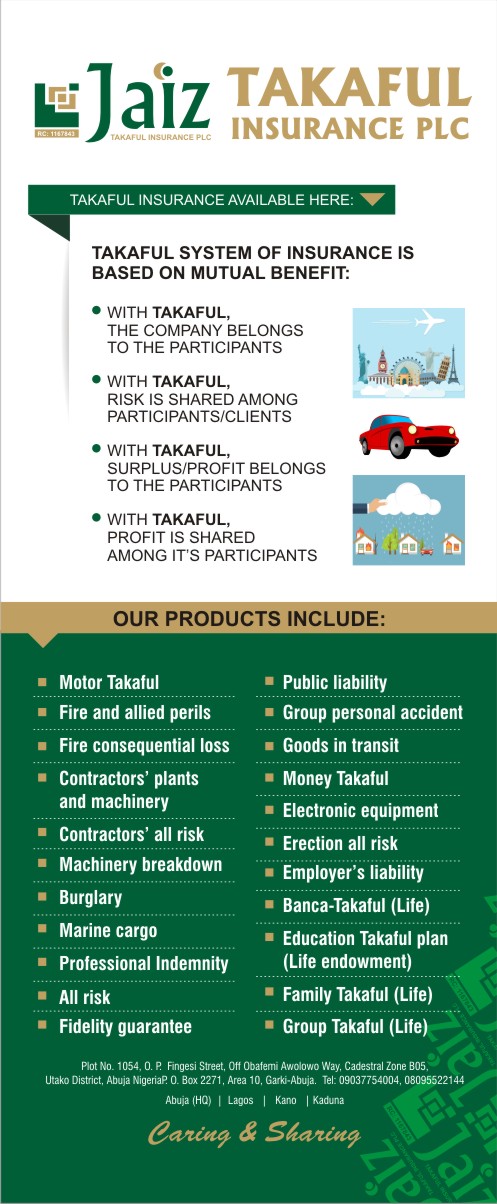
By Oyewale Oyewale
The National Economic Council (NEC) headed by Vice President Yemi Osinbajo in June announced decision of the Federal Government to facilitate N90billion loan for states to cushion the effects of economic hardship in the country.
From the onset, Osinbajo had cautioned that the loan would be accessible only by states which meet 23 conditions set for the third phase of the bailout initiative of the Muhammadu Buhari administration.
The latest initiative is the third bail-out package for states since inception of the APC led-administration. It would be recalled the Central of Bank Nigeria (CBN) in September 2015 released N338billion bailout fund to 27 states.
The Federal Government had negotiated on behalf of states to restructure bank loans in February 2016 so as to have enough fund to meet other financial obligations.
The conditions for the bail-out to be accessed, according to the Federal Ministry of Finance and CBN included, published audited annual financial statements within nine months of the financial year ended; compliance with the International Public Sector Accounting Standards (IPSAS); publish state budget online annually; publish budget implementation performance report online quarterly; implement a centralized Treasury Single Account (TSA) in each state and quarterly financial reconciliation meetings with Federal Government to cover VAT, PAYE remittances, refunds on government projects, Paris Club and other accounts. The objective is to improve VAT and PAYE collection.
Also, there would be biometric capture of all states’ civil servants will be carried out to eliminate payroll fraud; introduction of a system of continuous audit (internal audit), establishment of a capital development fund to ring-fence capital receipts and adoption of accounting policies to ensure that capital receipts are strictly applied to capital projects; Domestication of Fiscal Responsibility Act (FRA), attainment and maintenance of a credit rating by each state of the Federation; compliance with the FRA and reporting obligations, including no commercial bank loans to be undertaken by states; routine submission of updated debt profile report to the DMO among other measures to promote financial transparency.
Gov. Udom Emmanuel of Akwa Ibom had dropped the hint that five states had completed the processes to access the N90 billion credit facility. The loan, he explained, is to be disbursed in two tranches – with an initial N50 billion released in three months and another N40 billion in nine months, and will be shared among qualified states at a 9 per cent interest rate.
“What we are looking at is what the solutions are. We must provide a lifeline for people to survive and to move on. I don’t think it’s too much,’’ he had said.
But regardless of this, many governors still consider the loans as a means of personal enrichment.
Only recently, the Independent Corrupt Practices and Other Related Offences Commission (ICPC) accused Imo, Zamfara and Bauchi States of diverting the bailout funds released to them by the Central Bank of Nigeria.
Imo State collected over N26billion from the CBN, paid the amount into two commercial banks and transferred part of the money into uses not related to workers’ salaries.
Apparently on account of this, the EFCC in March arrested three top officials of the South East State for allegedly diverting N2billion out of the bailout fund.
Zamfara State applied for N32.5billion but was said not to be owing workers as at the time it collected N10 billion.
The Zamfara government was said to have made overtures to its House of Assembly so as to approve the use of the money for the settlement of indebtedness to contractors and other purposes.
Adamawa State got N9.5billion but paid workers only N2.3billion, while Benue State received N12billion and disbursed N10.8billion with a balance of N1.6billion. Analysis of the documents revealed a double payment of N37.7million in favour of Office of the Deputy Governor.
Bauchi State Governor was also allegedly using his state’s bailout money to buy cars.
In Kwara, Gov. Abdulfatai Ahmed disclosed that his state will source for N20billion bond at capital market.
The state’s Internally Generated Revenue (IGR) has increased to over to N2billion while its monthly federal allocation is about N2billion.
The state government has pledged to work round the clock to meet conditions for new bailout package. But many in the state wonder why the state borrow at every given opportunity.
Gov. Nyesom Wike of Rivers State from May 2015 till date has borrowed over N40billion will little projects to show for it. Indeed the opposition APC had once alleged that Wike spent N10billion to host the controversial PDP National Convention.
The Kano State governor, Dr Umar Ganduje, is also battling with the debt left by his predecessor, Sen. Rabiu Musa Kwankwaso. Investigations revealed many ongoing projects have been abandoned due to lack of funds.
Findings have also shown that some governors initiate frivolous projects to get loan.
For instance, many ponder on the economic justification for the ongoing airport project in Osun and Ekiti states. Some analysts have concluded that 50 percent of loan would varnish into the private purse of governors and their associates.
This is why many analysts argue that at the current rate of borrowing by states, many would soon slide into insolvency and imminent recession.
But can the nation’s apex bank and financial regulatory agencies whip such states in line? What are state houses of assembly doing in the course of oversight functions. Even more important, why are the government officials and political office holders involved in the dastardly act of diverting bailout funds so brazen in a presumed era of change? These are questions begging for answers.







